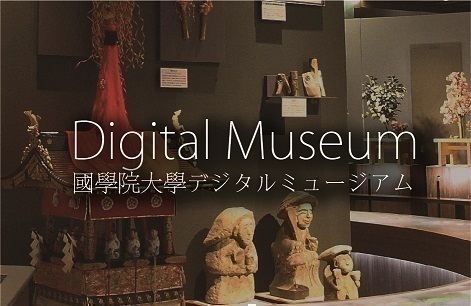Encyclopedia of Shinto
| Main Menu: | |
| Links: |
詳細表示 (Complete Article)
| カテゴリー1: | 3. Institutions and Administrative Practices |
|---|---|
| カテゴリー2: | Officiants |
| Title | Gūji |
| Text | One rank in the hierarchy of shrine priests (shinshoku). The chief priest among those serving at a particular shrine. At most shrines today, the gūji ordinarily serves as head ritualist, as well as being responsible for the shrine's maintenance and financial management, and generally taking overall responsibility for the shrine's affairs. Under the Religious Corporations Law (Shūkyō Hōjinhō), the gūji also serves as the shrine's official representative. Some shrines appoint a gongūji (provisional chief priest) below the gūji. At the following shrines a distinction between daigūji and gūji is seen in historical records: Ise Jingū, Atsuta Jingū, Usa Jingū, Munakata Jinja (now Munakata Taisha), Kashiigū, Katori Jingū, Kashima Jingū, Kehi Jingū, and Aso Jinja. The position of gūji at the Grand Shrines of Ise was first established during the reign of Emperor Kōtoku. Historical records can be found for the establishment of the positions of daigūji and shōgūji at Usa Shrine in 771, at Kashiigū in 938, and at Munakata Jinja in 979. The historical origin of the position at other shrines is unclear. Beginning in 1871, shrines ranked as taisha (great shrines) among the kankoku heisha (imperial and national shrines) were to have a daigūji and a shōgūji. Shrines ranked as chūsha (intermediate shrines) were to have a gūji and gongūji, but this system was repeatedly revised. Eventually only the Grand Shrines of Ise had both a daigūji and a shōgūji, while other kankoku heisha had a gūji. The Atsuta, Kashihara, Izumo, Meiji, Chōsen, and Yasukuni Shrines also had a gongūji. Since the war, it has become conventional for all shrines to call the head priest gūji. — Nishimuta Takao |




